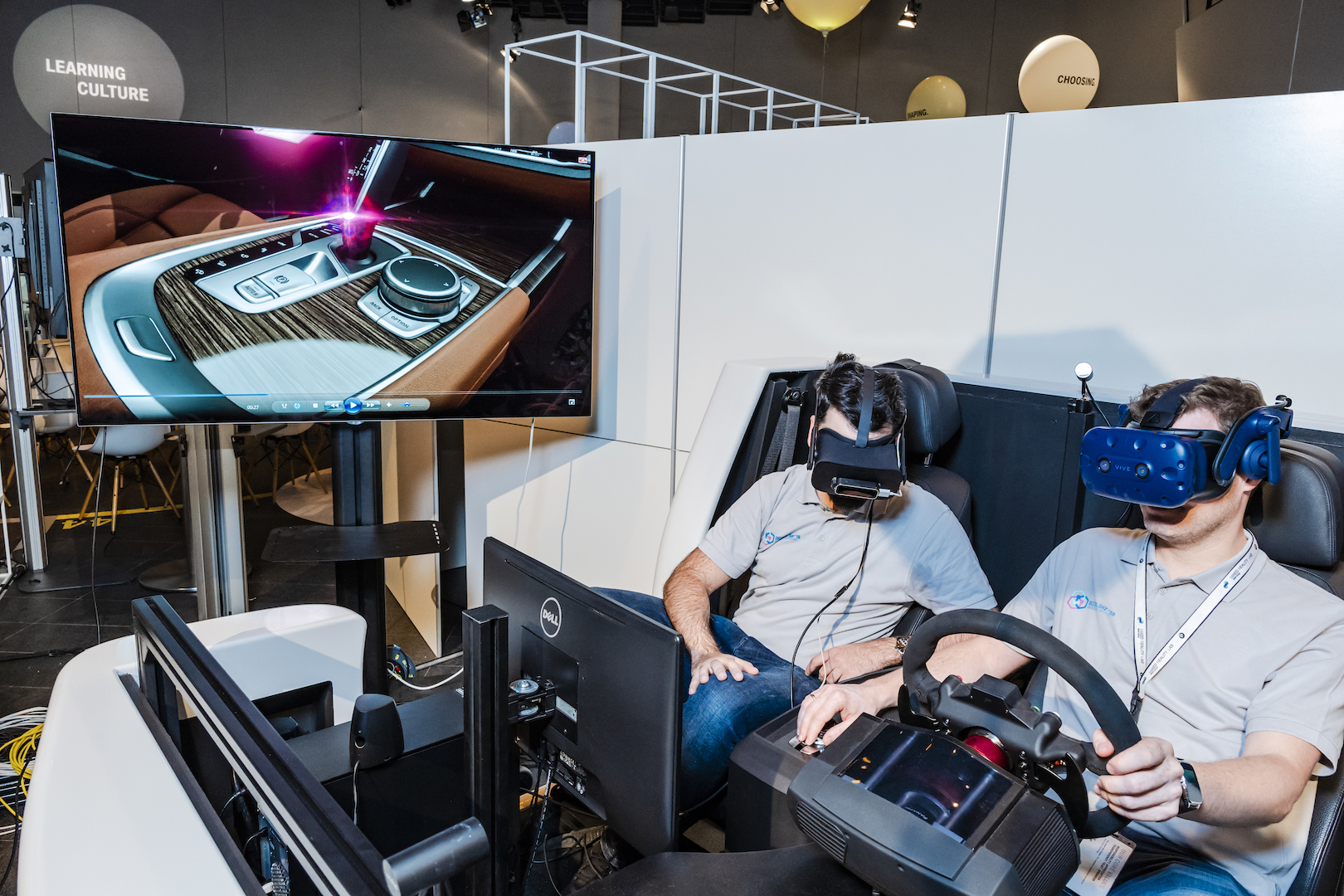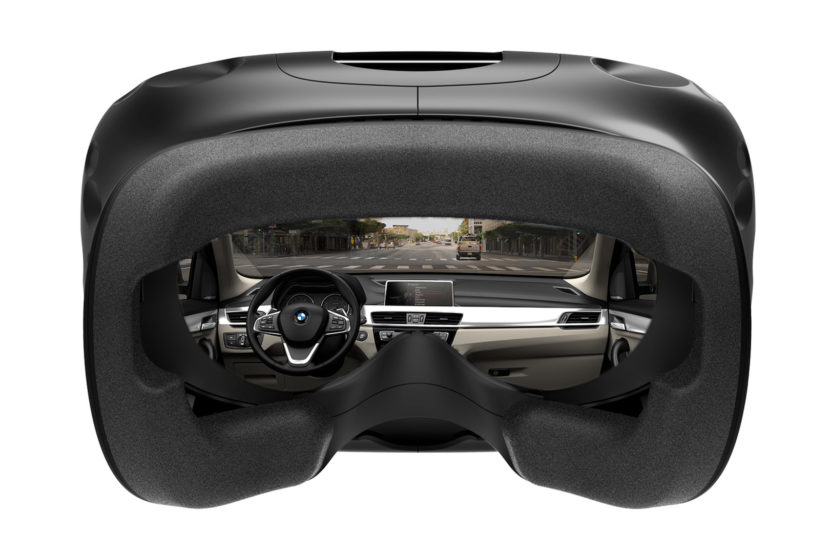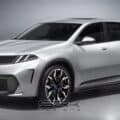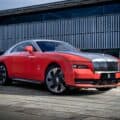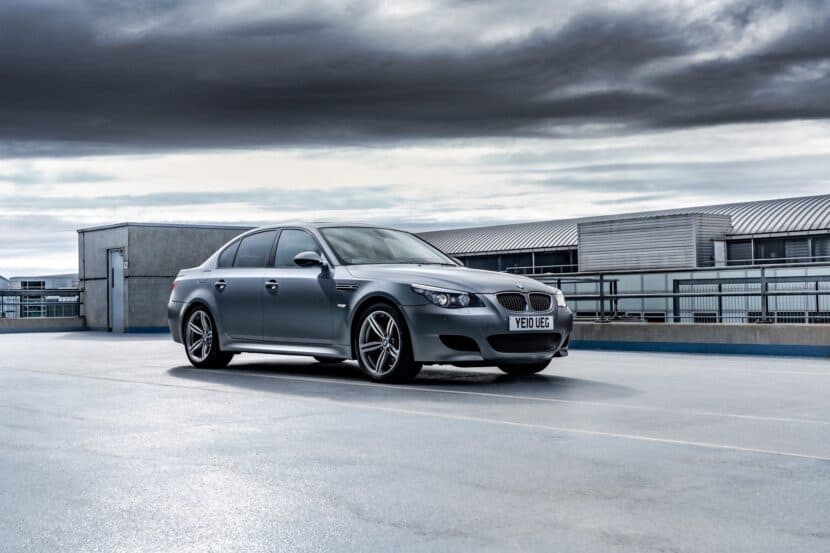A while back BMW announced that it will be using virtual reality goggles to develop its upcoming models. This approach was claimed to bring a host of pros to the table with virtually no cons. Using these new-age goggles to see what you design and almost experience it before it goes into production can save a lot of time and money. At the BMW Group Digital Day 2018, BMW showed us how this new concept of ‘mixed reality’ works and it’s all in the video posted below.
Mixed reality describes the combination of real-life prototypes and virtual simulation that can be used to accelerate and optimize vehicle development. The BMW Group leads the way in the use of such methods and employs technologies from the consumer electronics and computer gaming sectors and a new generation of data glasses which enable users to visualize a growing number of components and vehicle functions extremely realistically. In this way, the impressions created by physical components can be enhanced with digitally generated experiences.
One area in which the BMW Group uses mixed reality is the development of vehicle interiors. Here, computer-generated simulations are combined with an interior model (a mock-up). This allows an all-encompassing image of the driving experience inside a future series-produced model to be created at an early stage of development. Only once the draft designs have been approved with the help of the 3D headsets will they actually be built for further testing.
Vehicle functions and new interior designs can quickly be modeled with the aid of the visual experiences. This makes it possible to simulate drives through a city while testing what the all-round view of the surrounding area is like or whether a display is poorly legible or awkward to reach depending on the viewing angle or seat position. All the time, the development engineer has the impression of sitting in a real car in a real driving situation.
BMW uses Unreal Engine 4 from Epic Games for this task. This enables stable rendering of 90 frames per second while achieving photo-realistic quality too. The computation is performed using high-end gaming computers with water-cooled, overclocked components (including Intel Core i7 and two Nvidia Titan X graphic cards). Further advances are expected in terms of both the headset hardware and software, and these will be evaluated at regular intervals.
Visual sensations alone are not enough though. For this reason, BMW employs a reusable interior assembly which, thanks to the use of rapid prototyping, further enhances perception by producing a mixed reality experience. Precise, stereoscopic acoustic playback, e.g. for the characteristic BMW engine sound, further intensifies the immersive experience. This, combined with the VR model enables to experience the vehicle in different environments.


